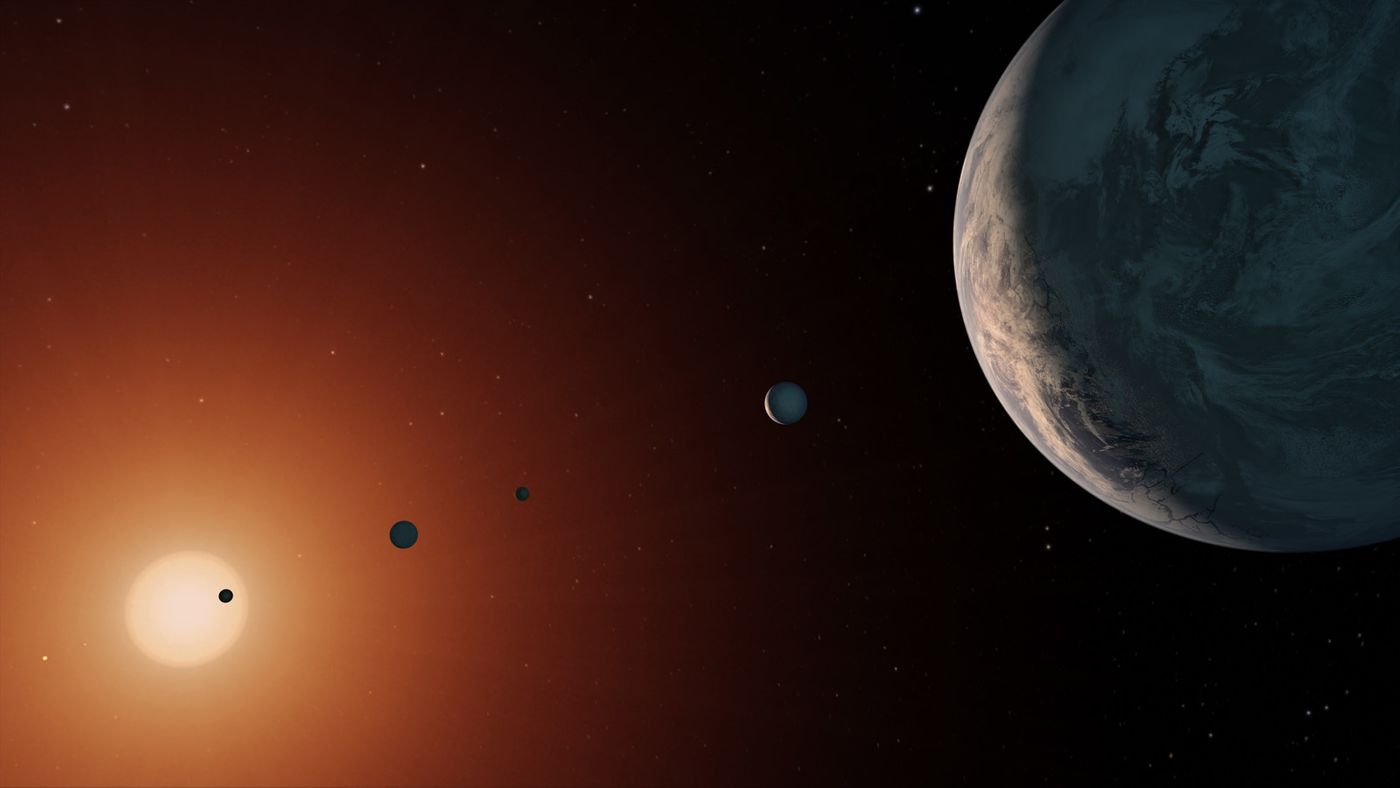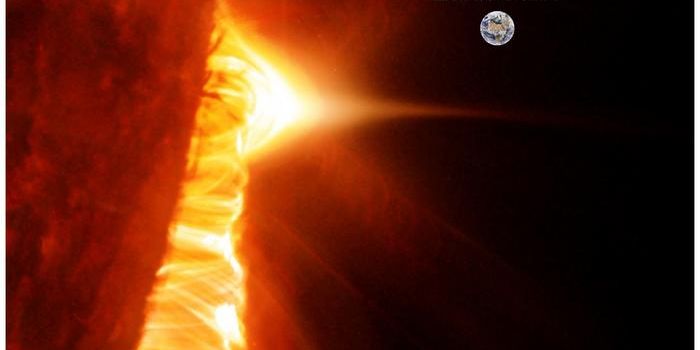James Webb Space Telescope Will Help Astronomers Study the TRAPPIST-1 System
Just over two years ago, astronomers learned that the TRAPPIST-1 system played host to at least seven terrestrial Earth-like exoplanets. If that wasn’t incredible enough, some even went on to speculate that some of those worlds resided in the host star’s habitable zone. Unfortunately, at just under 40 light-years away, the TRAPPIST-1 system is much too distant to send a curious spacecraft to probe it.
Image Credit: NASA/JPL-Caltech
Because the TRAPPIST-1 system isn’t in our immediate reach, astronomers will instead have to rely on long-distance imaging by way of space telescopes to learn more about these distant worlds and their potential to support life. A key player in this objective will be NASA’s upcoming James Webb Space Telescope, which will harness the power of the infrared light spectrum to capture data about distant objects in space.
In a paper published in The Astronomical Journal, researchers from the University of Washington seem to elucidate how the James Webb Space Telescope will help astronomers ascertain the atmospheric properties of the seven TRAPPIST-1 system exoplanets, and they go on to explain the implications these findings might have for the worlds’ potential habitability.
NASA’s James Webb Space Telescope is poised to launch sometime in 2021, and according to the researchers, its powerful infrared sensors should make quick work of discerning the atmospheric particulars of the TRAPPIST-1 exoplanets. More specifically, the researchers say that it could achieve this within the first year of operation.
“The Webb telescope has been built, and we have an idea how it will operate,” says Jacob Lustig-Yaeger, the lead author of the paper. “We used computer modeling to determine the most efficient way to use the telescope to answer the most basic question we’ll want to ask, which is: Are there even atmospheres on these planets, or not?”
Related: TRAPPIST-1 could be a lot older than initially thought
While these worlds are indeed rocky just like Earth, astronomers still don’t know if the TRAPPIST-1 exoplanets even have atmospheres. The James Webb Space Telescope should be able to lay this question to rest, and more importantly, help us to understand their unique atmospheric properties, including density, cloud cover, and more.
“There is a big question in the field right now whether these planets even have atmospheres, especially the innermost planets,” Lustig-Yaeger continued. “Once we have confirmed that there are atmospheres, then what can we learn about each planet’s atmosphere — the molecules that make it up?”
Related: Do the TRAPPIST-1 exoplanets have what it takes to support life?
In the astronomical field, atmospheric detection on exoplanets typically occurs when said exoplanet transits in front of its host star, which shines a ton of light through the translucent atmospheric gasses in the process. Various light wavelengths capture these differences in opacity differently, resulting in data that can be used to determine atmospheric composition.
The team’s computer model-based calculations concluded that the James Webb Space Telescope should be able to determine the TRAPPIST-1 exoplanets’ atmospheric properties in just 10 transit events if they’re cloudless, and in a worst-case scenario, around 30 transit events if they’re chock-full of clouds.
“By doing this study, we have looked at: What are the best-case scenarios for the James Webb Space Telescope? What is it going to be capable of doing? Because there are definitely going to be more Earth-sized planets found before it launches in 2021.”
It should be interesting to see what astronomers will learn about the TRAPPIST-1 system after the James Webb Space Telescope launches, especially given all the hype about both the exoplanetary system and the upcoming telescope itself in recent years.









